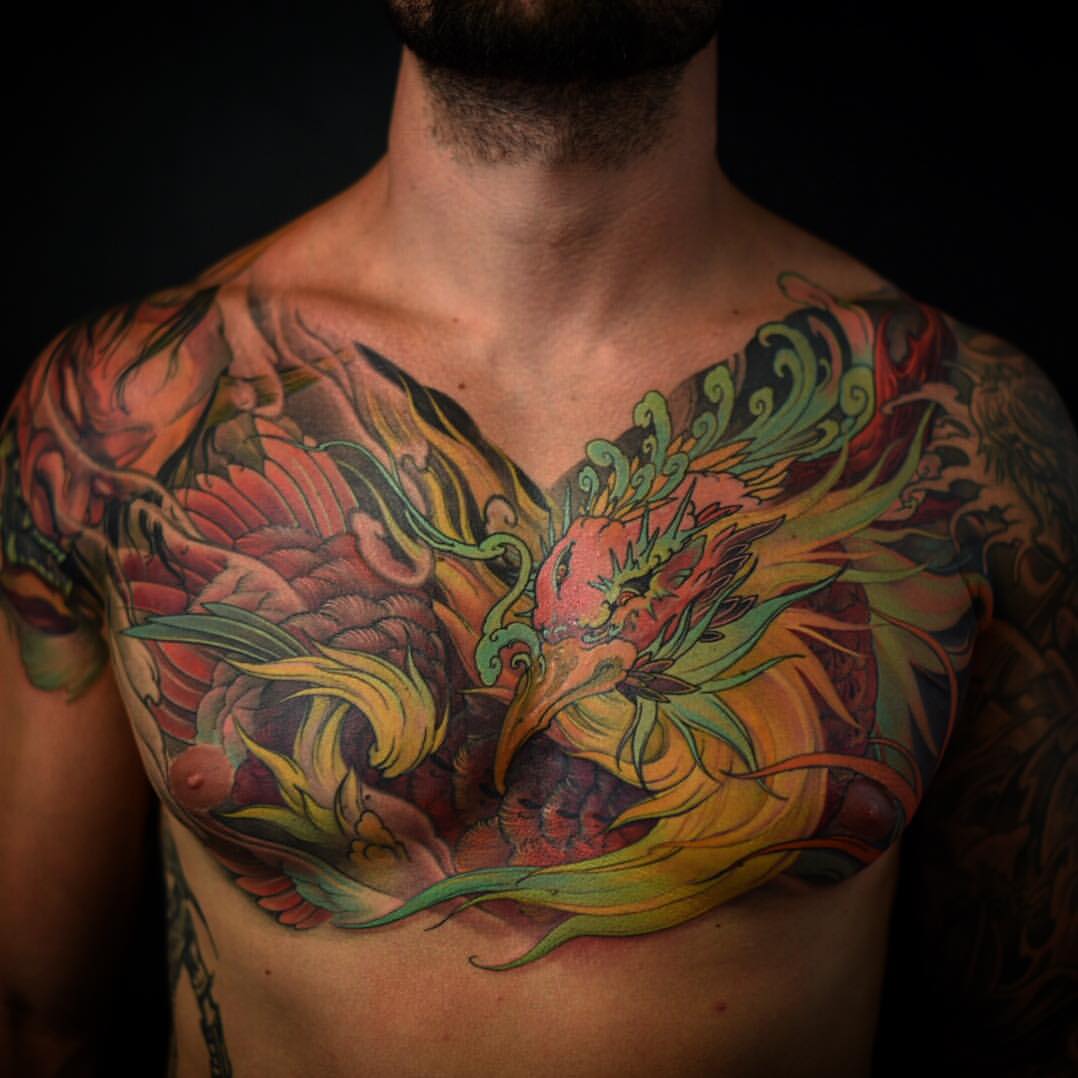Where did tattoos originally come from?
The exact origins of tattoos are unknown with historians never landing on a singular source of emergence. In fact, it’s much more likely that multiple cultures around the world developed forms of tattooing independently on their own over time.
According to Dr. Lars Krutak, a world-renowned anthropologist, tattoo expert and author with the Repatriation Office of the National Museum of Natural History was quoted on Fox News as saying "Tattooing is part of our innate humanity, artistic pride, identity;
How long have tattoos existed?
Having traveled the world studying tattoos, Krutak has found tattoos dating as far back as 6000 BC on an Egyptian mummy. More recently (in 1991) tattoos on a human corpse dating back to around 5300 years were discovered in the Alps near the Italian/Austrian border. In this case, a mummified corpse of a man covered in over 50 tattoos was unearthed. Carbon dating revealed that the mummy, nicknamed Ötzi, is at least 5,300 years old! Aside from the age of the mummy, the exact placement of the tattoos is quite interesting and suggests they may have been used for therapeutic purposes rather than aesthetics. The tattoos mark known acupuncture points for stomach and back pain, and an analysis of the body revealed that it was very likely that Ötzi suffered from joint, back, and stomach pain while he was alive. Before the discovery of Ötzi, the oldest human remains to show evidence of tattoos were the Egyptians from the age of the pyramids about 4,000 years ago.What do tattoos symbolize in different cultures?
Regardless of where and when tattoos originated, one thing is certain and that is that tattoos have played a significant role in cultures throughout the history of the world. Some cultures viewed tattoos as spiritual symbols while others used them to mark slaves and criminals. Here are just a few of the cultures who have a long history of tattooing and what those tattoos symbolized in their societies.Japan
Tattooing in Japan is thought to date back as far as the Paleolithic period. Originally tattooing in Japan was done for spiritual or decorative purposes. However, by the 1600s tattoos were largely associated only with the “floating world” subculture, which consisted of manual workers, firemen, and prostitutes. In 1868, tattooing was banned entirely, leading it to become a mark of criminals and outcasts, eventually leading to tattoos being mainly associated with members of the Japanese mafia known as the Yakuza.
Egypt
There is some argument over the purpose of tattoos in ancient Egyptian culture. While some believe the marks were ornamental, others argue they may have been used for therapeutic purposes. Either way, an interesting fact about tattoos in ancient Egypt is that almost all of the evidence found was on female mummies, leading some archaeologists to believe that tattooing was only practised on women.Samoa
The tradition of tattooing in Samoa has endured for thousands of years and is actually thought to be where the word “tattoo” originates from (from the Samoan tatau). The art of tattooing is passed down from father to son and to this day tattoos are done using traditional tools. The tattoos themselves symbolize rank, title, and an individual’s dedication to cultural traditions.`>North America
Many indigenous tribes in North America have a history of tattooing with the most archaeological evidence coming from the Inuit tribes, where women’s faces were often tattooed to symbolize a girl’s transition into womanhood and were thought to symbolize beauty, strength, and maturity.Greece and Rome
There are written records of tattooing in Greek dating back to the 5th century BCE. While decorative tattooing was known by the Greeks and Romans, it was often frowned upon. Instead, tattoos were used to mark prisoners of war, criminals, and slaves.What is the purpose of tattoos?
Different cultures used the art of tattooing for different purposes. Most commonly, tattoos were used for decorative, ornamental, or religious purposes. However, some cultures also used tattoos to symbolize rank, to mark less desirable members of society such as criminals and slaves, or in some instances even as a form of medicine or therapy.
Tattoos in modern society
Though some think of the recent popularity of tattoos as a resurgence. The reality is that tattoos never really went away. While some cultures opinions on tattoos have shifted throughout time, forms of tattooing have been practiced consistently since the very beginning. However, what we think of as the modern era of tattoos in the western world is often credited to Captain James Cook’s voyages in the south pacific in the 1770s, which some think helped move tattooing into the public eye. The first documented professional tattoo artist in North America was Martin Hildebrandt, a German immigrant who lived in Boston in 1846. He mainly tattooed soldiers. In 1891, tattoo artist Samuel O’Reilly patented the first electric tattoo machine, making tattoos more easily accessible by the general public. In the late 19th century, tattooed ladies started making an appearance in circus sideshows throughout the US. In the 1920s, Norman Keith Collins (AKA Sailor Jerry) started creating tattoos in the iconic American traditional style while also developing new colours and pigments. However, it wasn’t until the 1960s that tattooing really started to take off amongst the general public when a slew of iconic artists started making waves in the tattoo community. Influential artists such as Sailor Jerry ,Lyle Tuttle, Cliff Raven, Don Nolan, Zeke Owens, Spider Webb, and Don Ed Hardy helped skyrocket the art of tattooing to where it is today. Fast forward to today and all around the world tattoos are now a widely accepted social norm. What once may have been considered taboo, eccentric, or fringe, is now part of mainstream culture with everyone from doctors and lawyers to accountants proudly expression themselves through this ancient art.
Interested in Getting your Own Tattoo?
Do you live in or around the Toronto, Markham, Mississauga or Kitsilano Vancouver area? Interested in getting your first, or perhaps 3rd or 5th or 10th tattoo? We’re the place to call! Our team of passionate, talented and professional tattoo artists can help you find the perfect design for your next tattoo. Stop by or reach out today for more info.
Tell us Your IdeaTattoo Locations
Downtown Toronto
378 Yonge Street, 2nd Floor, Toronto, Ontario M5B 1S6 Directions
Midtown Toronto
252 Eglinton Ave East, 2nd Floor, Toronto, Ontario M4P 1K2 Directions
Markham
7381 Kennedy Road, Unit #105, Markham, Ontario L3R 5B5 Directions
Looking for your next Tattoo Idea?
Browse our selection of one of a kinda tattoo designs created by our Chronic Ink artists. Each piece is individual and will only ever be tattooed once.


